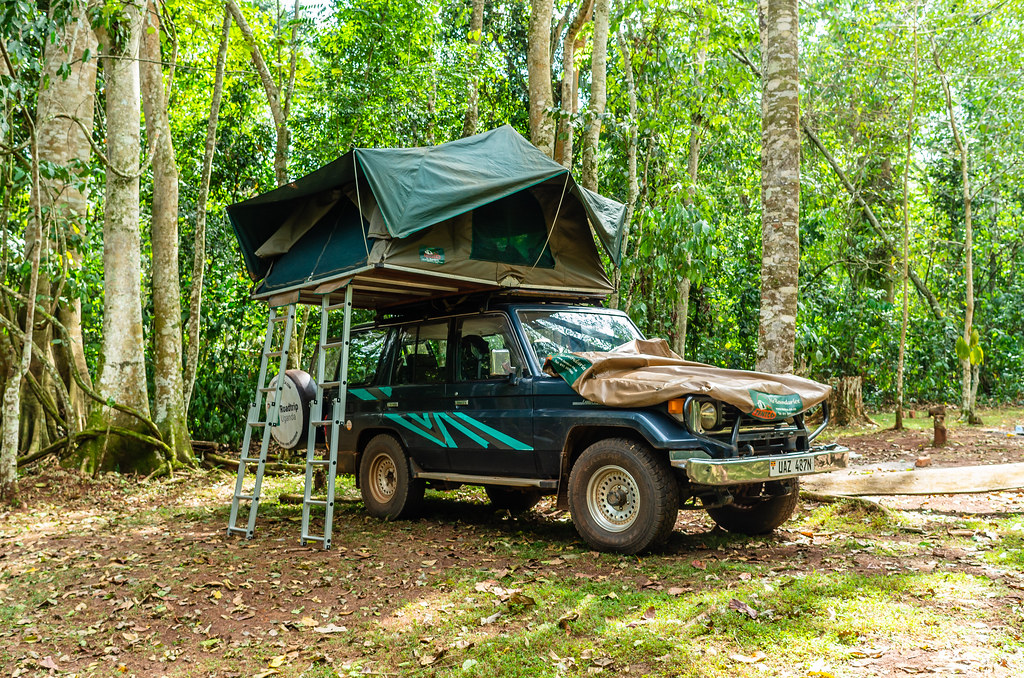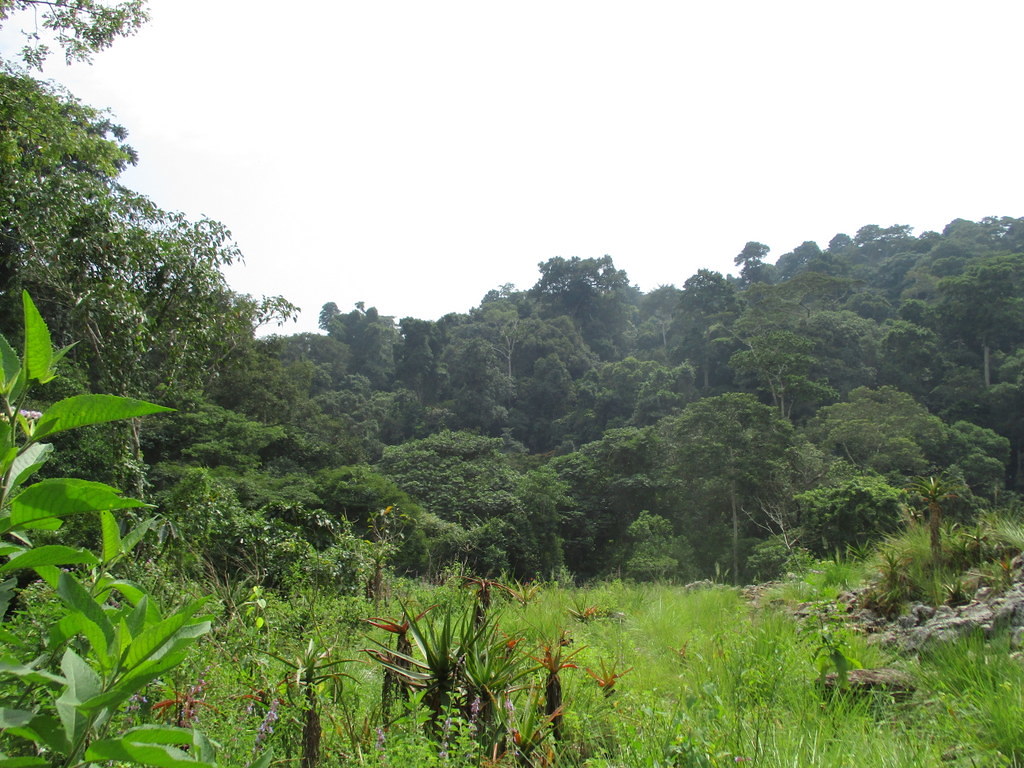
Bird watching tour in Mabira Forest Reserve
Bird watching tour in Mabira Forest Reserve
Bird watching safari in Mabira Forest Reserve: Mabira Forest Reserve in Uganda is a great place for bird watching. It is easy to get to from the Kampala-Jinja highway and is located in the Bukwe area. It’s only 54 kilometers from Kampala, the capital city, making it easy for both local and foreign bird watchers to reach. The forest is about 306 square kilometers wide, providing a great home for many types of birds. The forest includes different types of environments, such as main rainforest, secondary forest, wetlands, and grasslands. Each habitat has different bird species, giving birdwatchers the chance to see a variety of birds in different settings. Mabira Forest Reserve is home to many different kinds of birds, making it a great place for birdwatchers to enjoy the beauty of nature. Birdwatching in Mabira Forest Reserve is an event you’ll remember forever. The forest is home to more than 300 types of birds, and its different environments support both forest and grassland birds. During your birdwatching trip in Mabira Forest Reserve, you can look for birds like the beautiful African Grey Parrot, the colorful Nahan’s Francolin, and the bright Blue-throated Roller, among others.
Uganda is called the “Pearl of Africa” because of its beautiful scenery and diverse wildlife. Birdwatchers from around the world visit Uganda to enjoy the thrill of seeing rare and beautiful birds. Uganda is a paradise for bird enthusiasts, home to over 1,000 bird species, including many that are highly desired.
Birds found in Mabira Forest Reserve.
Great blue turaco, black-billed turaco, ross’s turaco, bare-faced go- away- bird, eastern plantain-eater, red-chested cuckoo, black cuckoo, African cuckoo, bleu-headed coucal, white-browed coucal, blue malkoha, klaas’s, African emerald cuckoo, dideric cuckoo, dusky long- tailed cuckoo, black-bellied bustard, rock pigeon, speckled pigeon, lemon dove, mourning collared-dove, red-eyed dove, ring-necked dove, laughing dove, tambourine dove, African green-pigeon, fiery-necked nightjar, swamp nightjar, freckles nightjar, mottled spinetail, Sabine’s spinetail, Cassin’s spinetrail, scarce swift, common swift, little swift, African palm swift, white-rump swift, latham francolin, crested francolin, scaly spurfowl, Nahan’s partridge, helmeted guineafowl, western crested guineafowl, white-faced whistling duck, Egyptian goose, yellow-billed duck, Eurasian moorhen, white-spotted flufftail, buff-spotted flifftail, Gray crowned- crane, three-banded plover, wattled lapwing, common sandpiper, green sandpiper, Gray-hooded gull, white-winged tern, African openbill, African wolly-necked stork, marabou stork, yellow-billed stork abdim’s stork, African darter, long-tailed cormorant, great cormorant, great white pelican, hamerkop, shoebill, black-crowned night heron, black heron, little egret, striated heron, western cattle egret, yellow-billed egret, greater egret, squacco heron, Gray heron, purple heron, black-headed heron, glossy ibis, African sacred ibis, hadada ibis, African harrier-hawk, palm-nut vulture, banded snake-eagle, bat hawk, hooded vulture, lizard buzzard, Cassin’s hawk-eagle, African goshawk, little sparrowhawk, African fish-eagle, African wood-owl, pearl-spotted owlet, spotted eagle- owl, green woodhoopoe, crowned hornbill ,African Grey Parrot, striking Nahan’s Francolin, Blue-throated Roller, Mabira Forest has it all.
Packing list for a birding tour in Mabira Forest Reserve:
When preparing for birding safari in Mabira Forest Reserve, its important to pack carefully to ensure you have everything you need for an enjoyable and comfortable experience in Mabika forest. If you enjoy bird watching, it’s a good idea to bring some essential items. Consider taking binoculars to see birds that are far away, a field guide to help you identify birds in Uganda or East Africa, a notebook and pen to record what you see, and a camera for photos. Wear sturdy, comfortable boots and pack rain gear, insect repellent, long-sleeved shirts, long pants, enough drinking water, and snacks. Don’t forget sun protection and a backpack to carry everything.
Other things to do at Mabira Forest Reserve
In addition to bird watching, Mabira Forest Reserve has many things for visitors to enjoy, such as
Zip liner
Zip lining is a popular activity for people on a Uganda safari in Mabira Forest Reserve. The forest has Uganda’s first canopy zip line trip, letting you enjoy the forest’s beauty from up high in an exciting way. Zip lining through the trees offers an exciting experience for action seekers. While zip lining, you will enjoy beautiful views of the forest and nearby areas, and you might also see some wildlife and birds.
Mabira Forest Reserve
Bird watching tour in Mabira Forest Reserve : Nature walks and hiking
Nature walks and hiking is one of the amazing chances offered to many visitors on a Uganda safari in Mabira Forest Reserve. Nature walks and hikes give tourists a chance to discover the forest’s hidden beauty and connect with nature. It is an activity that includes walking through the jungles of the forest. Nature walks here give tourists a chance to enjoy the beautiful plants and animals. You can join guided nature walks that teach you about the forest’s environment, useful plants, and animals.
Bird gazing safari in Mabira Forest Reserve : Tracking monkeys
Watching monkeys in Mabira Forest is a fun and fulfilling activity for nature lovers and animal fans. The forest is home to various monkey species, such as red-tailed monkeys, black-and-white colobus monkeys, and grey-cheeked mangabeys. The best time to track the interesting monkeys in Mabira Forest is in the morning when they are most busy. While tracking, you’ll have the opportunity to meet other animals in the forest, including birds and wildlife. When you find these interesting monkeys, you will get to watch how they act and connect in their natural environment.
Other activities: Besides watching primates, visitors to Mabira Central Forest reserve can enjoy outdoor walks, zip-lining, and bird watching. They also have the option to identify butterflies, visit Environmental Research centers, go camping or have picnics, and try mountain biking. The picnic area is nicely arranged with food and easy access to wild animals like monkeys and birds.
Accommodation options for a tour near Mabira Forest Reserve.
If you’re planning a bird watching trip in Mabira Forest Reserve, you don’t need to worry about finding a place to stay. There are many places to stay for visitors going on a safari in the forest, both inside and near the forest reserve. Some options include Mabira Forest Reserve, Griffin Falls Camp, Jinja Nile Resort, River Side Hotel Jinja, Tusubira Village, Dorabo Tourist Hotel, Jinja Cal Suites, and Nile Hotel Jinja.



